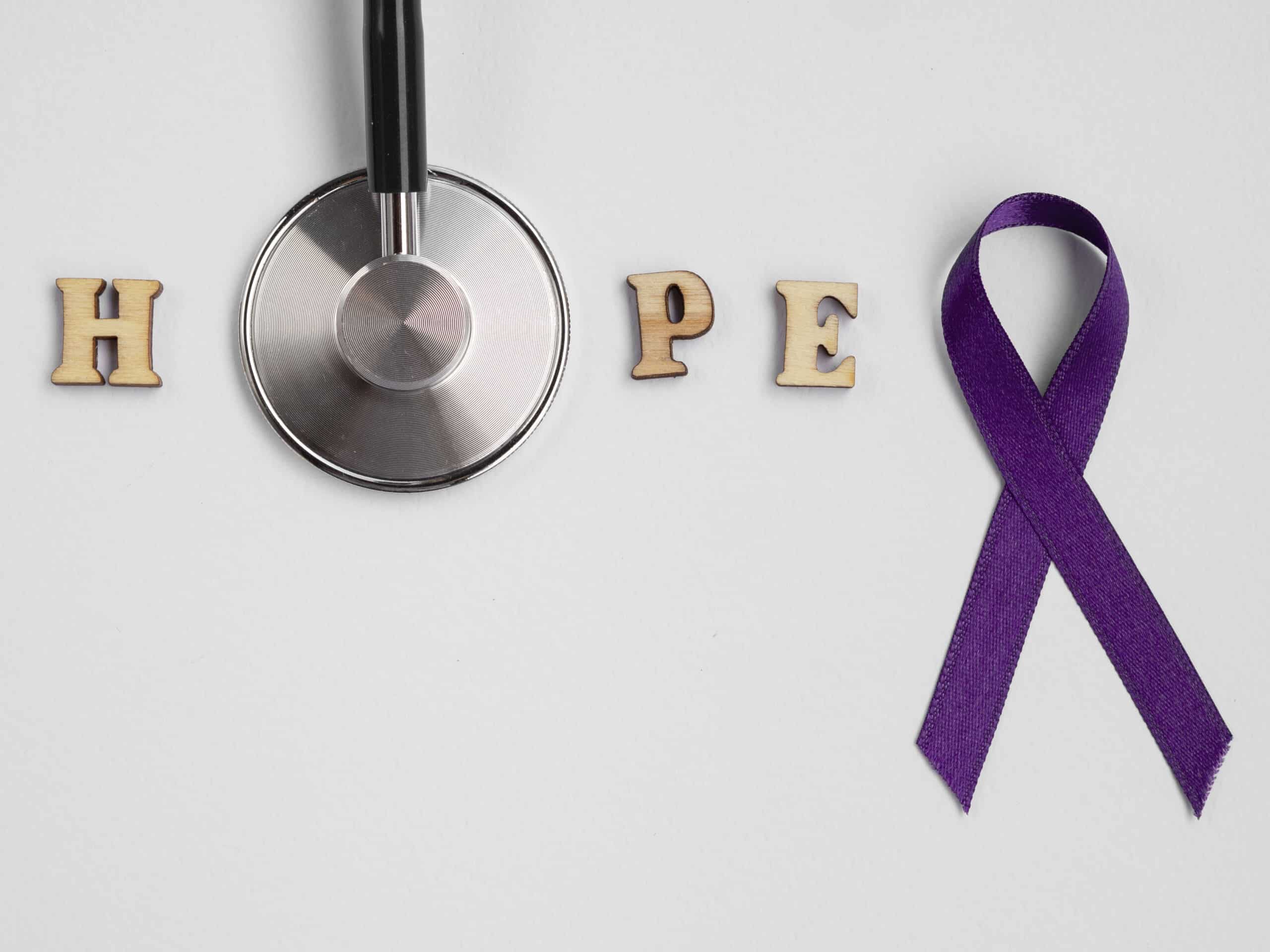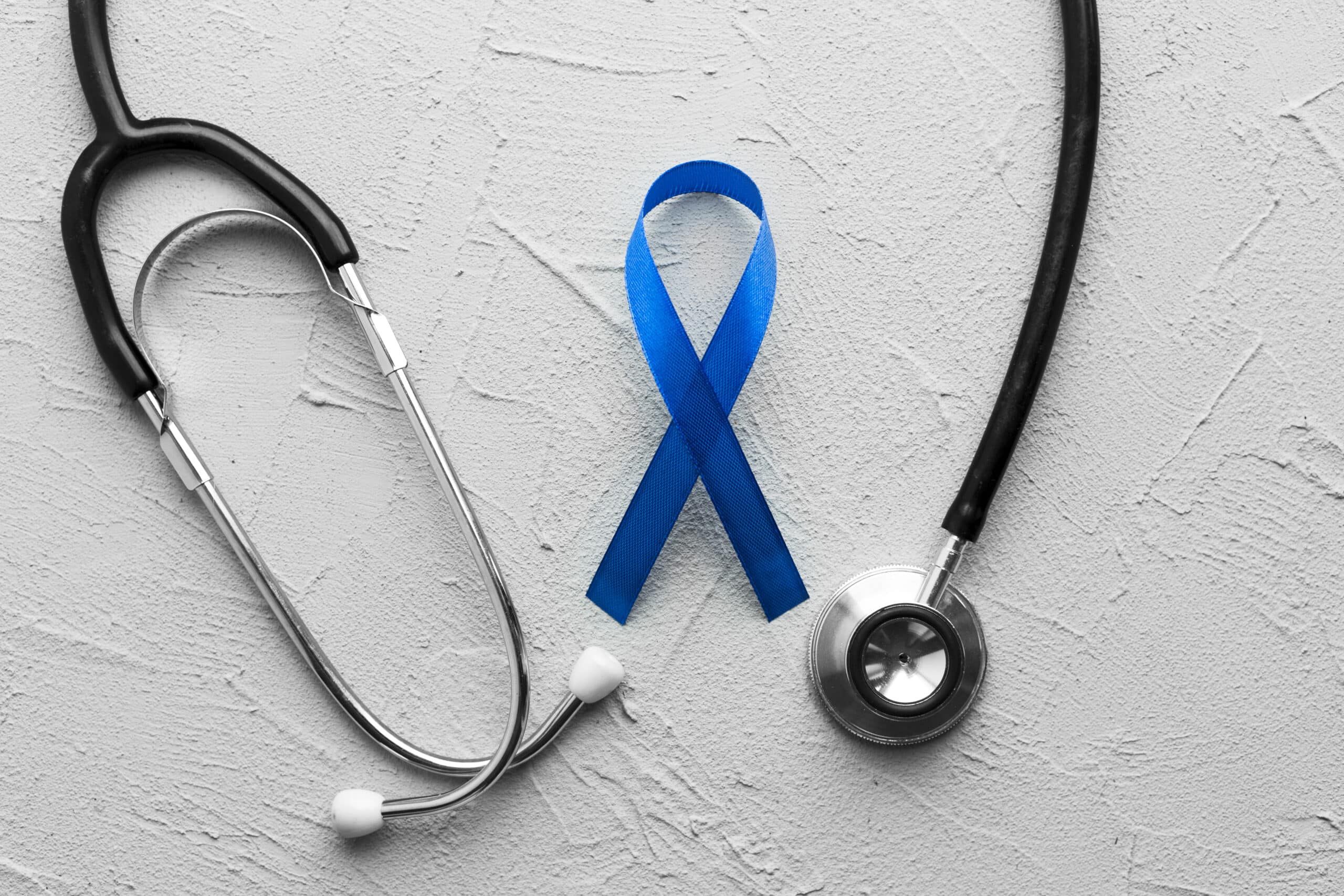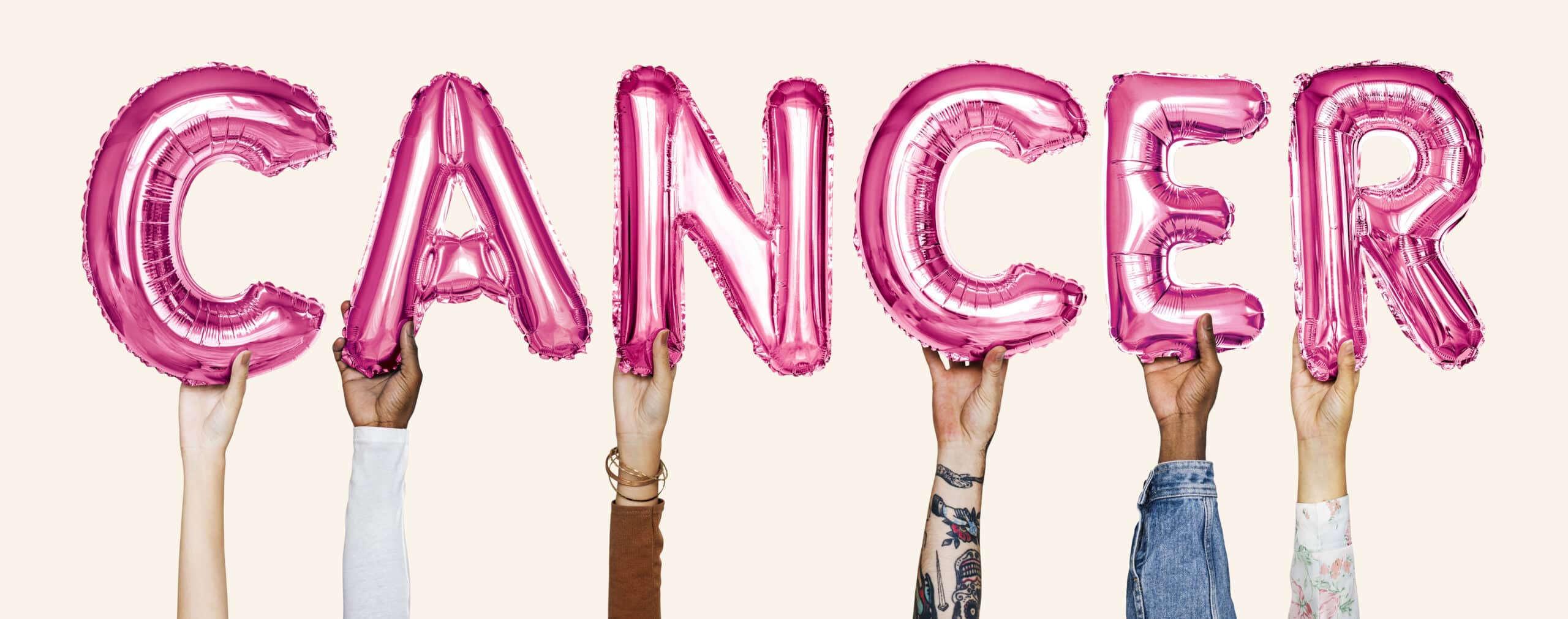A glioblastoma diagnosis brings not only emotional and physical challenges but also massive financial burdens. Surgery, radiation, chemotherapy, and experimental treatments can cost hundreds of thousands of dollars, leaving many patients and their families struggling to afford the best possible care.
However, many people don’t realize that their life insurance policy can provide immediate financial relief. Instead of waiting for beneficiaries to receive a payout, policyholders can use viatical settlements, life settlements, policy loans, or accelerated death benefits to unlock cash for medical expenses.
This guide explores four ways to use life insurance to help fund glioblastoma treatment, ensuring that financial concerns don’t limit your access to the care you need.
—
Option 1: Viatical Settlements – Sell Your Life Insurance for a Lump Sum
For glioblastoma or advanced brain cancer patients, a viatical settlement is one of the most powerful ways to access immediate cash.
How A Viatical Settlement Works
– A third-party company purchases your life insurance policy in exchange for a lump-sum payment.
– You receive more than the surrender value but less than the full death benefit.
– The buyer takes over premium payments and collects the policy benefit after you pass away.
Key Benefits of Selling Your Life Insurance Policy
Immediate cash for medical bills, integrative treatments, and living expenses.
No restrictions on how you use the money.
Usually tax-free if you meet IRS terminal illness criteria.
Who Qualifies for a viatical settlement?
– Patients with a terminal illness (typically a life expectancy of 24 months or less).
– Policies with a face value of $100,000 or more (some buyers accept lower amounts).
Where to Start:
Cancer Care Financial is a full service viatical settlement company helping cancer patients reach their financial needs to pay for cancer care costs.
—
Option 2: Life Settlements – A Financial Solution for Non-Terminal Cases
If you don’t meet the terminal illness criteria, you may still qualify for a life settlement, which allows you to sell your life insurance policy for a cash payout even if you are not in the late stages of the disease.
Life Settlement vs Viatical Settlement
– No terminal illness required available to individuals with cancer diagnosis in lower stages.
– Lower payouts compared to viatical settlements.
– Proceeds may be taxable, depending on the amount received.
Resources for Life Settlements:
– Life Insurance Settlement Association (LISA)
– Life Policy Solutions
—
Option 3: Policy Loans – Borrow Against Your Life Insurance
If you have a whole life or universal life insurance policy, you may be able to borrow against the policy cash value instead of selling the policy.
How a Policy Loan Works
– You take a loan against the accumulated cash value of your life insurance.
– The funds can be used for any purpose, including treatment and care.
– You do not have to repay the loan, but unpaid amounts will reduce the final death benefit.
Pros & Cons
No credit check or lender approval needed.
You retain ownership of your policy.
Funds can be accessed quickly without selling the policy.
Accruing interest reduces the death benefit.
If the loan exceeds the cash value, the policy may lapse.
To apply, contact your life insurance company and ask about policy loan options.
—
Option 4: Accelerated Death Benefits (ADB) – Get Early Access to Your Payout
Some life insurance policies include an Accelerated Death Benefit (ADB) rider, which allows terminally ill patients to receive part of their death benefit early to cover medical expenses.
Who Qualifies?
– Patients with a terminal diagnosis (typically a 12–24 month life expectancy).
– Those with a policy that includes an ADB provision.
Benefits of ADB
Usually tax-free payouts.
No need to sell your policy or take out a loan.
The remaining death benefit is preserved for beneficiaries.
To see if your policy includes ADB, check with your insurance company.
—
The Cost of Glioblastoma Treatment: What to Expect
Glioblastoma treatment is one of the most expensive cancers to treat due to its aggressive nature. Below are some common costs:
1. Standard Costs of Glioblastoma Treatment
– Brain Surgery (Craniotomy, Tumor Resection): $50,000 – $150,000
– Radiation Therapy: $10,000 – $50,000 per course
– Chemotherapy (Temozolomide, Avastin): $5,000 – $15,000 per month
– Immunotherapy & Targeted Therapy: $10,000 – $25,000 per month
– Clinical Trials & Experimental Therapies: Varies (often exceeding $100,000)
2. Alternative & Integrative Treatment Costs
Many glioblastoma patients explore alternative therapies, which are not always covered by insurance:
– Hyperbaric Oxygen Therapy: $200 – $500 per session
– IV Vitamin C Therapy: $100 – $400 per session
– Acupuncture & Mind-Body Therapies: $50 – $150 per session
–Integrative Treatment Programs: $20,000 – $150,000 for full course
A viatical settlement can help cover these out-of-pocket expenses. Contact Cancer Care Financial to learn more and qualify to sell your life insurance policy.
—
Additional Financial Assistance for Glioblastoma Patients
If life insurance solutions don’t fully cover your treatment costs, consider these financial aid programs:
- National Brain Tumor Society – Provides financial assistance and support resources.
- The Glioblastoma Foundation – Offers grants to help cover treatment costs.
- CancerCare – Provides financial support for travel, medication, and caregiving.
- GoFundMe – Many patients use crowdfunding to raise money for medical expenses.
For alternative care, integrative treatment centers such as Envita and Cancer Center For Healing offer financing options.
—
Take Control of Glioblastoma Costs
Glioblastoma treatment is expensive, but financial solutions exist to ease the burden. Your life insurance policy can provide critical financial support, whether through a viatical settlement, life settlement, policy loan, or accelerated death benefit.
To get started:
Contact a viatical settlement company like Cancer Care Financial.
Speak with your insurance company about policy loans or ADB options.
Explore financial assistance programs designed for glioblastoma patients.
You deserve the best possible treatment without the added stress of financial hardship. Explore your options, take control, and secure the financial help you need today.







